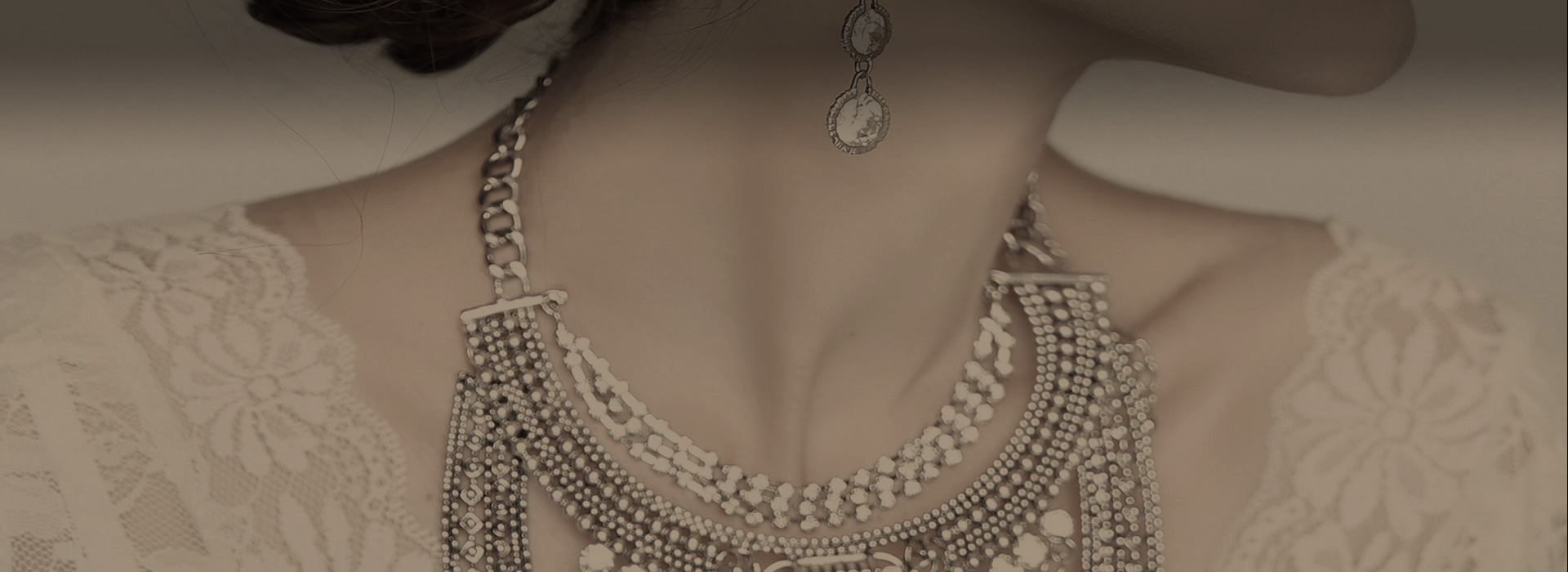Lost Wax Casting In Jewelry Production
2022-05-26
Lost wax casting is used to produce many of jewelry traditionally.
In this process a model of the item is made (usually carved in wax, sometimes fabricated in metal), sprues and vents added to facilitate later casting, and a rubber mold cast around the model.
The mold is cut into two pieces to remove the model, the cut being made in such a manner that the mold may be readily reassembled. Wax reproductions of the original model may then be cast in this mold.
These “waxes" are then either individually or in groups(as a “tree" ) suitable sprued to allow access of the casting metal,set in a flask and the flask filled with plaster of Paris. The flask is then heated to evaporate and remove the wax, leaving a firm mold with a cavity having the shape of the original wax. Molten silver or gold may then be cast through the sprue into this mold. When the metal has solidified the plaster mold is broken apart, freeing the metal. The sprues and any irregularities on the cast item are removed, and the piece is finished by polishing.
Lost wax casting is preferred when an item has deep or undercut indentations or a highly variable thickness. The details may be reproduced very well.

Previous:Cluster Flower Engagement Women Ring
X
We use cookies to offer you a better browsing experience, analyze site traffic and personalize content. By using this site, you agree to our use of cookies.
Privacy Policy



